Are you on the hunt for low-carb vegetarian recipes for weight loss? You’re in the right place! Eating low-carb doesn’t mean sacrificing flavor or variety, and this guide is packed with ideas that’ll keep you excited about every meal. Whether you’re looking to shed a few pounds or simply embrace healthier eating, these recipes and tips will have you feeling inspired and energized.
Why Choose a Low-Carb Vegetarian Diet?
A low-carb vegetarian diet is more than just a trend—it’s a lifestyle choice that combines the best of plant-based eating with the metabolic benefits of reducing carbohydrate intake. Whether you’re aiming to lose weight, enhance your energy, or adopt a more sustainable diet, this approach offers a variety of benefits. Let’s dive deeper into why this diet is gaining traction and how it can transform your health. (1)
The Appeal of Low-Carb Diets
Low-carb diets are popular for their proven ability to:
- Support Weight Loss: By reducing carbohydrates, your body turns to stored fat for energy, helping you shed pounds more effectively.
- Regulate Blood Sugar Levels: Cutting back on carbs minimizes blood sugar spikes, making this diet ideal for those with insulin resistance or prediabetes.
- Reduce Hunger and Cravings: High-protein and high-fat meals are more satiating, keeping you fuller for longer.
When you pair these advantages with a vegetarian diet’s focus on plant-based nutrition, the result is a powerful and holistic approach to health.
Vegetarianism Meets Low-Carb: A Perfect Match
Traditional vegetarian diets often emphasize high-carb staples like rice, pasta, and bread. But switching to a low-carb vegetarian diet unlocks a new level of benefits:
1. Weight Loss Without Hunger
- Low-carb vegetarian meals emphasize high-fiber vegetables and plant-based proteins, which help you feel full on fewer calories.
- Healthy fats from sources like avocados, nuts, and olive oil keep you satisfied, making it easier to stick to your goals.
2. Enhanced Nutritional Quality
- This diet is packed with nutrient-dense foods such as leafy greens, cruciferous vegetables, and seeds.
- Eliminating refined carbs reduces your intake of empty calories, leaving room for more whole, nourishing foods.
3. Sustainable Energy Levels
- Without the blood sugar rollercoaster caused by high-carb meals, you’ll experience more stable energy throughout the day.
- Complex carbohydrates like quinoa and legumes are included in moderation, ensuring you get steady fuel without carb overload.
Key Benefits of a Low-Carb Vegetarian Diet
Supports Weight Loss and Fat Burning
When you lower your carb intake, your body enters a state called ketosis, where it burns fat for fuel. While this is typically associated with keto diets, you can achieve similar effects with a low-carb vegetarian approach by focusing on:
- Plant-based proteins like tofu, tempeh, and seitan.
- Healthy fats from nuts, seeds, and oils.
- Low-carb vegetables such as zucchini, spinach, and cauliflower.
Improves Heart Health
- A vegetarian diet is already known to reduce heart disease risk, and cutting carbs can further enhance this benefit.
- Healthy fats like omega-3s from flaxseeds and walnuts promote good cholesterol levels and lower inflammation.
Promotes Digestive Health
- High-fiber vegetables and legumes are staples in a low-carb vegetarian diet, supporting regular digestion and gut health.
- Avoiding refined carbs reduces bloating and improves overall digestive comfort.
Supports Environmental Sustainability
- Plant-based eating reduces your carbon footprint compared to meat-heavy diets.
- Choosing whole, low-carb foods minimizes reliance on processed products, which often have a high environmental impact.
Common Misconceptions About Low-Carb Vegetarian Diets
Despite its benefits, some myths may hold people back from embracing this lifestyle. Let’s clear them up:
Myth 1: Vegetarians Can’t Get Enough Protein on a Low-Carb Diet
Not true! There are plenty of high-protein vegetarian options that are naturally low in carbs, including:
- Tofu and tempeh.
- Edamame and other legumes.
- Seitan (a wheat-based protein with a meaty texture).
- Nuts and seeds like almonds, chia, and flax.
Myth 2: Carbs Are Always Bad
While refined carbs like white bread and sugar are best avoided, some carbs are beneficial when eaten in moderation. For example:
- Non-starchy vegetables like broccoli, kale, and zucchini.
- Small portions of whole grains like quinoa or barley.
- Legumes such as lentils and chickpeas (if they fit your daily carb limits).
Myth 3: Low-Carb Diets Lack Variety
With a little creativity, your meals can be exciting and diverse! Options like cauliflower pizza crust, zucchini noodles, and stuffed bell peppers ensure you never feel deprived.
Who Should Consider a Low-Carb Vegetarian Diet?
This diet is ideal for:
- People Seeking Weight Loss: It’s effective at reducing body fat without causing extreme hunger.
- Those with Insulin Resistance or Type 2 Diabetes: Stabilized blood sugar levels make this diet a game-changer.
- Vegetarians Looking to Reduce Carbs: A structured approach ensures balanced nutrition without over-reliance on high-carb foods.
- Anyone Seeking a Sustainable Lifestyle: The combination of plant-based and low-carb principles promotes long-term health and environmental responsibility.
Essential Ingredients for Low-Carb Vegetarian Cooking
Cooking delicious and satisfying low-carb vegetarian recipes starts with having the right ingredients in your pantry and fridge. These staples are the foundation for meals that are healthy, flavorful, and aligned with your weight-loss goals. Let’s explore the must-haves for crafting meals that are as nourishing as they are delicious.
Plant-Based Protein Powerhouses
Protein is crucial for a low-carb vegetarian diet, helping to build muscle, promote satiety, and support overall health. Fortunately, there are plenty of vegetarian-friendly options that are naturally low in carbohydrates: (2)
1. Tofu and Tempeh
- Tofu: A versatile soy product that absorbs the flavors of marinades, sauces, and spices. Great for stir-fries, scrambles, and even soups.
- Tempeh: A firmer, fermented soy product with a nutty taste. It’s perfect for grilling, baking, or crumbling into dishes like tacos or salads.
2. Seitan
- Made from wheat gluten, seitan is rich in protein and has a meaty texture, making it a fantastic replacement for meat in recipes like stir-fries, stews, and kebabs.
3. Legumes and Lentils (in moderation)
- While higher in carbs, legumes such as black beans and lentils can fit into a low-carb diet when eaten sparingly. They’re rich in fiber and provide essential nutrients.
Low-Carb Vegetables: The Heart of Every Meal
Vegetables are the backbone of any low-carb vegetarian recipe. Focus on non-starchy options to keep carb counts low while maximizing nutrition:
1. Leafy Greens
- Spinach, kale, Swiss chard, and arugula are low in carbs but high in vitamins and minerals. Use them in salads, smoothies, or as a base for wraps and bowls.
2. Cruciferous Vegetables
- Broccoli, cauliflower, cabbage, and Brussels sprouts are filling, fiber-rich options that work well in soups, stir-fries, or roasted side dishes.
3. Zucchini and Summer Squash
- These versatile veggies can be spiralized into noodles (zoodles), sliced for lasagnas, or grilled as a side.
4. Mushrooms
- Packed with umami flavor, mushrooms like portobello, shiitake, and button are perfect for stuffing, sautéing, or adding to soups.
Healthy Fats: The Key to Satiety
Fats are a vital part of any low-carb diet, providing energy, flavor, and essential nutrients. Focus on these plant-based sources:
1. Avocados
- A staple for low-carb vegetarian meals, avocados are rich in heart-healthy monounsaturated fats and fiber. Use them in salads, smoothies, or as a creamy topping for dishes.
2. Nuts and Seeds
- Almonds, walnuts, chia seeds, flaxseeds, and pumpkin seeds are nutrient-dense and perfect for snacks, salads, or toppings. Chia and flaxseeds also double as egg substitutes in vegan recipes.
3. Plant-Based Oils
- Olive oil, avocado oil, and coconut oil are excellent for cooking, dressing salads, or drizzling over roasted veggies.
4. Nut Butters
- Almond butter, peanut butter, and sunflower seed butter provide a satisfying dose of healthy fats. Use them for snacks or as a base for dressings and sauces.
Low-Carb Pantry Staples
Having the right pantry staples makes low-carb vegetarian cooking a breeze. These items offer versatility and make it easier to prepare flavorful dishes:
1. Cauliflower
- A true hero in low-carb cooking, cauliflower can be transformed into rice, pizza crust, or even mashed potatoes.
2. Zucchini
- Beyond zoodles, zucchini can be used for fritters, baked chips, or even as a vessel for stuffed dishes.
3. Coconut Flour and Almond Flour
- Low-carb, gluten-free flour is ideal for baking pancakes, bread, and desserts.
4. Shirataki Noodles
- Also known as miracle noodles, these are made from konjac yam and are virtually carb-free. Use them as a substitute for traditional pasta.
5. Nutritional Yeast
- A favorite among vegetarians, this cheesy-flavored powder is a fantastic topping for vegetables, popcorn, or pasta dishes. It’s also rich in B vitamins. (3)
Flavor Enhancers for Every Dish
The right seasonings and condiments can elevate any meal, ensuring your low-carb vegetarian recipes are anything but bland:
1. Herbs and Spices
- Keep your spice rack stocked with garlic powder, onion powder, turmeric, cumin, paprika, chili powder, and oregano. These add depth and dimension to any dish.
2. Tamari or Coconut Aminos
- Low-carb alternatives to soy sauce, perfect for marinades, stir-fries, or dipping sauces.
3. Vinegars
- Apple cider vinegar, balsamic vinegar (in moderation), and rice vinegar can brighten salads and marinades without adding carbs.
4. Plant-Based Milk Alternatives
- Unsweetened almond milk, coconut milk, and cashew milk are great for smoothies, soups, and desserts.
Smart Carb Alternatives
Replace high-carb staples with these low-carb swaps to keep your meals satisfying without the carb overload:
- Cauliflower Rice: A perfect replacement for traditional rice in stir-fries, curries, and bowls.
- Zucchini Noodles (Zoodles): A fantastic pasta alternative for sauces and stir-fries.
- Portobello Mushrooms: Use as a bun replacement for burgers or as a base for pizzas.
- Eggplant Slices: Ideal for lasagna layers or as a substitute for bread.
Pro Tips for Stocking Your Pantry
- Buy Fresh and Freeze: Stock up on fresh veggies like spinach, broccoli, and zucchini, then freeze portions to use later.
- Shop in Bulk: Purchase nuts, seeds, and flours in bulk to save money and ensure you always have essentials on hand.
- Keep it Organized: Arrange your pantry by category (e.g., flours, oils, spices) to make meal prep faster and stress-free.
Breakfast Recipes to Jumpstart Your Day
Starting your day with a low-carb vegetarian breakfast is easier than you think! Here are some creative and satisfying options:
- Avocado and Egg Breakfast Bowls: Creamy avocado paired with protein-packed eggs is a low-carb dream.
- Chia Seed Pudding with Almond Milk: A make-ahead option loaded with omega-3s.
- Low-Carb Vegan Pancakes: Made with almond flour and topped with fresh berries.
- Green Smoothie with Protein Boosters: Spinach, cucumber, and a scoop of plant-based protein powder make this a refreshing start.
Pro Tips:
- Prep chia puddings and smoothie ingredients the night before for busy mornings.
- Use sugar substitutes like stevia to keep things sweet without the carbs.
Wholesome Lunch Ideas for Busy Days
Midday meals should be quick, light, and satisfying. These low-carb vegetarian recipes for weight loss will keep you on track:
- Zucchini Noodles with Pesto: A fresh, flavorful dish that’s perfect for lunch.
- Cauliflower Fried Rice: Packed with veggies and protein for a satisfying bowl.
- Broccoli and Cheese Soup: Creamy, comforting, and keto-friendly.
- Spaghetti Squash Stir-Fry: A twist on a classic stir-fry with fewer carbs.
Meal Prep Hacks:
- Cook in batches to save time during the week.
- Store portions in glass containers to keep meals fresh and ready to go.
Dinner Recipes to Keep You Satisfied
Dinner is where you can get creative with low-carb vegetarian meals. Here are some favorites:
- Stuffed Bell Peppers with Quinoa and Spinach: A hearty option that feels indulgent.
- Eggplant Parmesan (Keto-Friendly): A classic dish made low-carb.
- Zucchini Lasagna with Ricotta: All the cheesy goodness without the pasta.
- Stir-Fried Tofu with Veggies: A protein-packed dinner that’s easy to whip up.
Family-Friendly Options:
- Adjust seasonings to suit everyone’s taste.
- Offer a low-carb side dish like a salad or roasted veggies.
Snacks and Appetizers for On-the-Go
Staying full between meals is key to sticking with your low-carb vegetarian diet. These snacks are simple yet satisfying:
- Almond Butter and Celery Sticks: A crunchy, creamy delight.
- Roasted Chickpeas: Perfectly spiced and easy to make.
- Keto-Friendly Cheese Crisps: A crispy, savory treat.
- Guacamole with Veggie Sticks: Use cucumber or bell pepper slices instead of chips.
Indulgent Desserts That Fit Your Goals
Yes, you can have dessert on a low-carb vegetarian diet! These treats are sweet, satisfying, and guilt-free:
- Dark Chocolate Avocado Mousse: Creamy and rich with healthy fats.
- Coconut Fat Bombs: A perfect low-carb energy boost.
- Low-Carb Berry Cheesecake Bites: A delicious blend of creamy and tangy.
Sugar Substitutes to Use:
Stevia, monk fruit, or erythritol for sweetness without the spike.
A 7-Day Low-Carb Vegetarian Meal Plan
Planning your meals ahead of time is one of the best ways to stay committed to a low-carb vegetarian diet. A well-balanced plan keeps you nourished, reduces decision fatigue, and ensures you meet your weight-loss goals without sacrificing variety or flavor. Below is a detailed 7-day meal plan, complete with breakfast, lunch, dinner, and snacks to make your week seamless and satisfying. (4)
Day 1: Starting Strong
- Breakfast:
Avocado Egg Cups – Baked avocado halves filled with eggs and seasoned with salt, pepper, and paprika. Serve with a sprinkle of fresh herbs.
Low-Carb Tip: Use avocado oil spray to prevent sticking while baking. - Lunch:
Zucchini Noodles with Creamy Avocado Sauce – Spiralized zucchini tossed in a blended sauce of avocado, garlic, lemon juice, and olive oil. Add cherry tomatoes for a fresh crunch. - Dinner:
Cauliflower Fried Rice with Tofu – Sauté riced cauliflower with tofu cubes, peas, carrots, and a splash of low-sodium soy sauce or coconut aminos. - Snack:
Celery Sticks with Almond Butter – Crunchy, satisfying, and packed with healthy fats to curb cravings.
Day 2: Keeping the Momentum
- Breakfast:
Chia Pudding with Berries – Mix chia seeds with almond milk, a dash of vanilla extract, and stevia. Let it sit overnight, then top with fresh raspberries and blueberries. - Lunch:
Stuffed Bell Peppers with Spinach and Feta – Hollow out bell peppers and stuff with a mixture of sautéed spinach, crumbled feta, and spices. Bake until tender. - Dinner:
Grilled Eggplant with Tahini Sauce – Marinated slices of eggplant grilled to perfection, topped with a creamy tahini dressing and a sprinkle of sesame seeds. - Snack:
Keto Cheese Crisps – Bake shredded cheddar or parmesan in small mounds until crispy.
Day 3: Midweek Energy Boost
- Breakfast:
Spinach and Feta Omelette – Whisk eggs with a splash of almond milk, then fold in fresh spinach and crumbled feta as it cooks. - Lunch:
Greek Salad with Tofu – A fresh mix of cucumbers, tomatoes, olives, and red onions, tossed with olive oil, lemon, and oregano. Add grilled tofu for extra protein. - Dinner:
Zucchini Lasagna – Thinly sliced zucchini layered with ricotta, marinara, and mozzarella, baked until bubbly. - Snack:
Roasted Chickpeas – Seasoned with paprika and garlic powder for a spicy kick.
Day 4: Keeping It Light
- Breakfast:
Smoothie Bowl with Almond Butter – Blend spinach, almond milk, frozen avocado, and a touch of stevia. Top with chia seeds and almond butter swirls. - Lunch:
Broccoli and Cheddar Soup – A creamy, low-carb soup made with vegetable broth, steamed broccoli, and melted cheddar. - Dinner:
Spaghetti Squash Stir-Fry – Sauté spaghetti squash with bell peppers, mushrooms, and a dash of sesame oil. Top with a fried egg for extra protein. - Snack:
Kale Chips – Toss kale leaves in olive oil and bake until crispy. Sprinkle with nutritional yeast for a cheesy flavor.
Day 5: Flavors You’ll Love
- Breakfast:
Coconut Yogurt Parfait – Layer unsweetened coconut yogurt with fresh strawberries, toasted coconut flakes, and chia seeds. - Lunch:
Cauliflower Pizza Bites – Mini cauliflower crusts topped with marinara, mozzarella, and your favorite low-carb veggies like spinach or mushrooms. - Dinner:
Stuffed Portobello Mushrooms – Large mushroom caps filled with sautéed onions, spinach, and a sprinkle of goat cheese, then baked. - Snack:
Nuts and Seeds Mix – A handful of almonds, walnuts, sunflower seeds, and pumpkin seeds for a nutrient-dense option.
Day 6: Weekend Reset
- Breakfast:
Low-Carb Vegan Pancakes – Made with almond flour, a splash of almond milk, and a pinch of cinnamon. Top with sugar-free maple syrup and fresh berries. - Lunch:
Avocado Salad with Lime Dressing – A refreshing mix of sliced avocado, cucumbers, and arugula tossed with lime juice, olive oil, and a pinch of chili flakes. - Dinner:
Vegetarian Keto Pad Thai – Shirataki noodles stir-fried with tofu, bell peppers, and crushed peanuts. Use tamari for a gluten-free option. - Snack:
Dark Chocolate Avocado Mousse – A blend of ripe avocado, cocoa powder, and stevia, chilled for a rich dessert-like snack.
Day 7: Wrapping Up the Week
- Breakfast:
Egg Muffins with Veggies – Bake whisked eggs with diced zucchini, spinach, and mushrooms in a muffin tin. - Lunch:
Cabbage Stir-Fry with Peanut Sauce – Shredded cabbage stir-fried with a savory peanut sauce made from almond butter, soy sauce, and lime juice. - Dinner:
Tofu and Vegetable Kebabs – Marinated tofu cubes and low-carb vegetables grilled on skewers. - Snack:
Guacamole with Cucumber Slices – Creamy guacamole served with refreshing cucumber rounds.
Pro Meal-Planning Tips
- Batch Cooking: Prepare components like cauliflower rice, zucchini noodles, and roasted veggies ahead of time to save hours during the week.
- Portion Control: Store meals in individual containers to make serving sizes easy to manage.
- Mix and Match: Use leftovers creatively—for example, turn stir-fried veggies into a topping for zucchini noodles the next day.
- Track Your Macros: Use a food tracking app to ensure your meals align with your low-carb vegetarian weight-loss goals. (5)
By following this 7-day low-carb vegetarian meal plan, you’ll enjoy a week of diverse, satisfying meals designed to help you lose weight without compromising on taste or nutrition.
FAQs About Low-Carb Vegetarian Diets
Is it possible to lose weight on a vegetarian diet without carbs?
Absolutely! By focusing on low-carb vegetarian recipes for weight loss, you can reduce calories and encourage fat burning without feeling deprived.
What are the best substitutes for bread and pasta?
Try cauliflower rice, zucchini noodles, or almond flour bread for low-carb alternatives.
Can I follow this diet long-term?
Yes, with proper planning ensure you’re getting enough nutrients like protein, iron, and B12.
The Bottom Line
A low-carb vegetarian diet doesn’t have to be restrictive or boring. With these recipes and tips, you’ll enjoy delicious meals while reaching your weight loss goals. So, stock your pantry, grab your apron, and get cooking—you’ve got this!


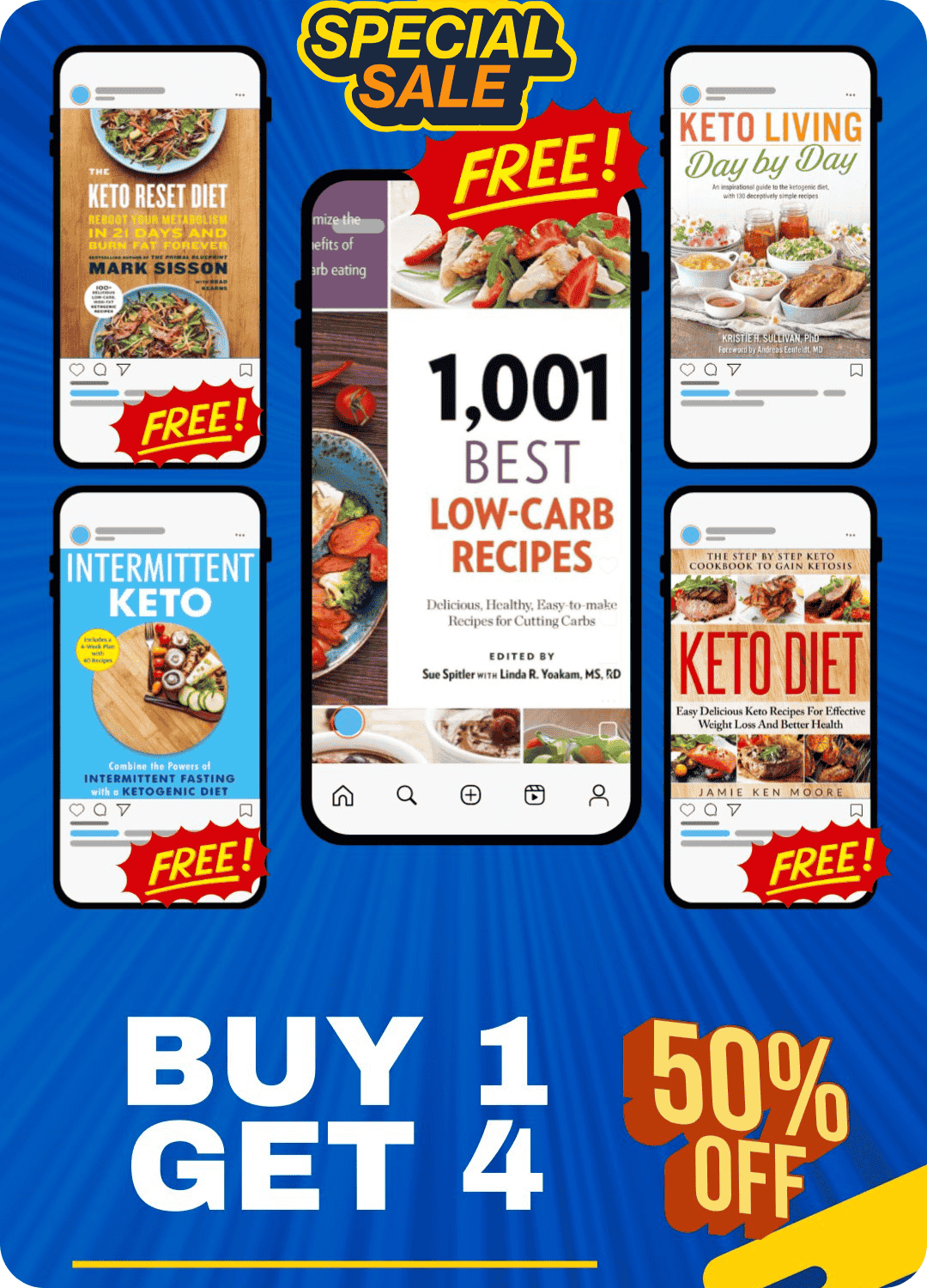
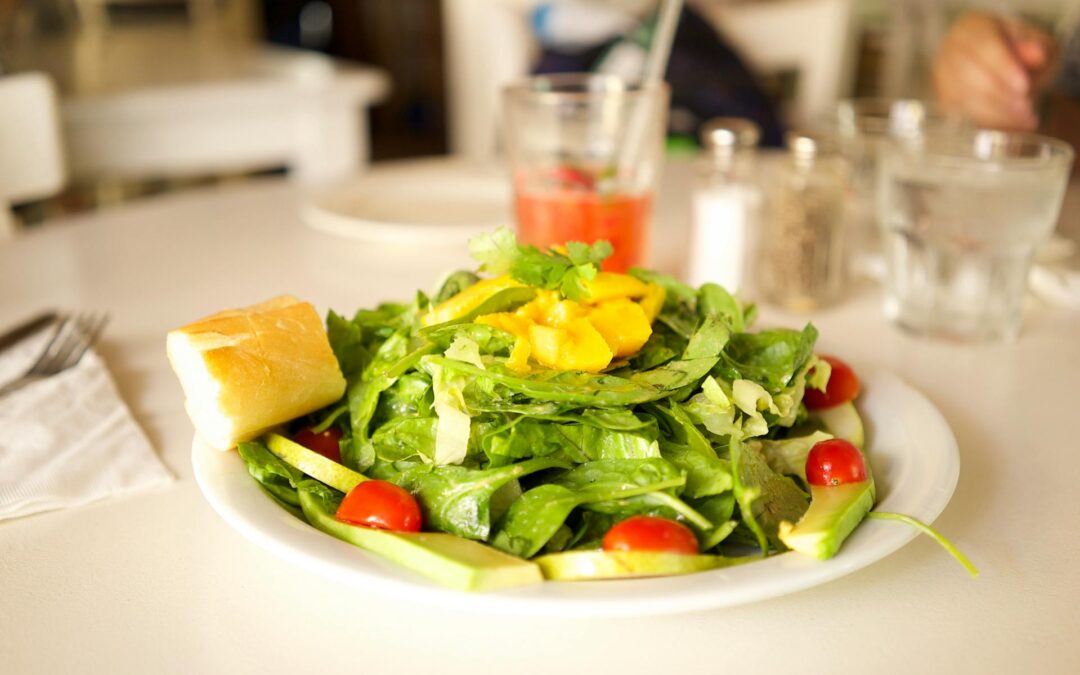
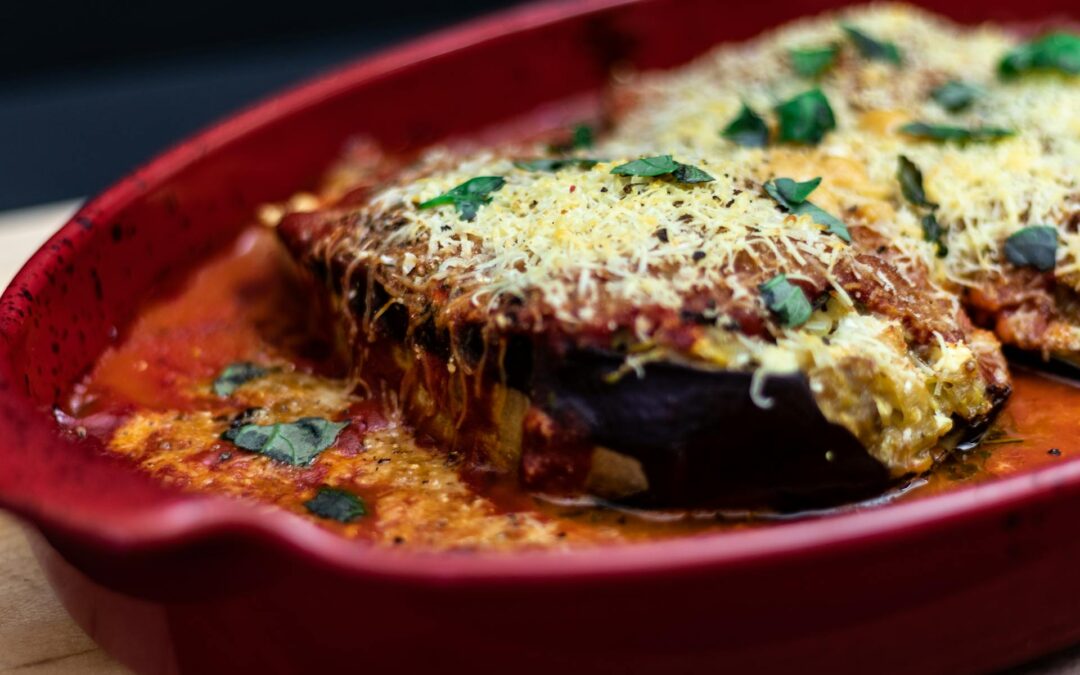
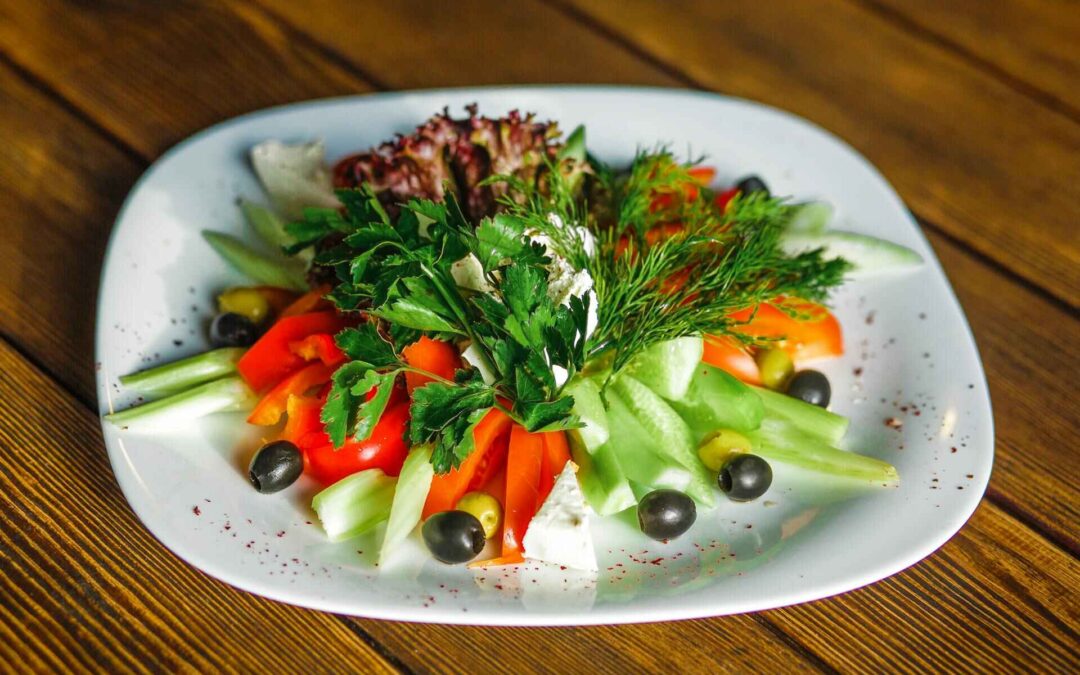
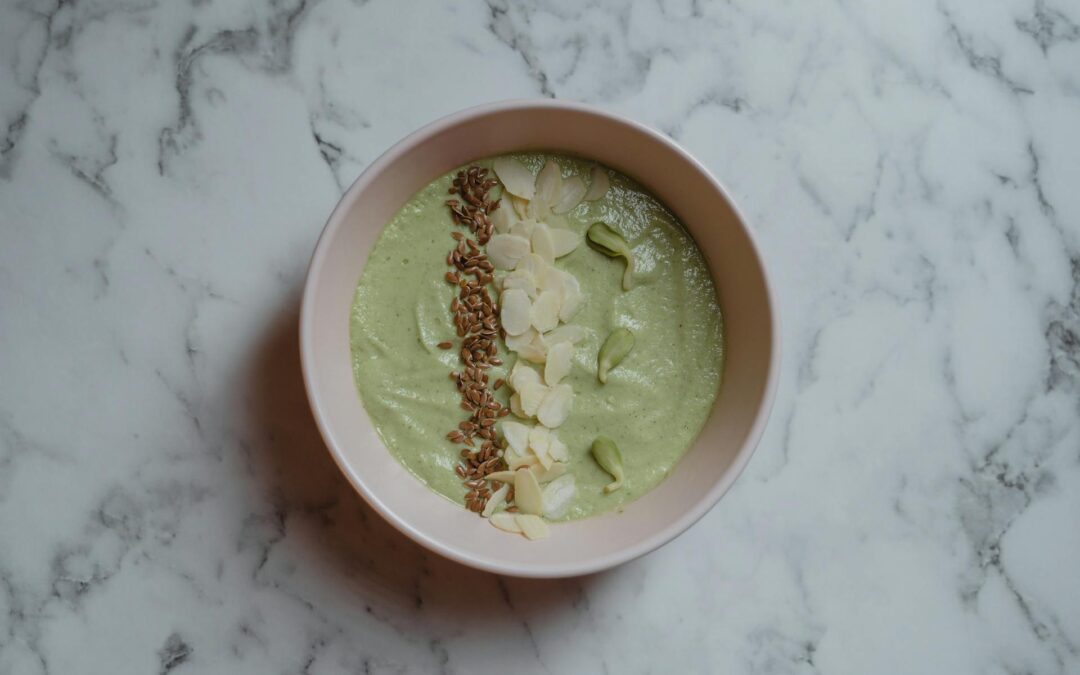
0 Comments